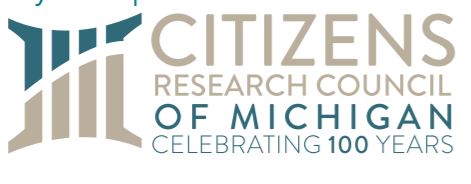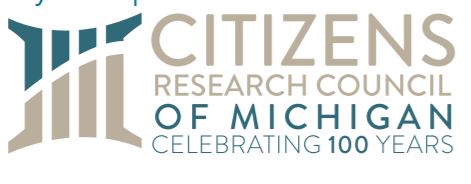Detroit Schools Finances: How’s the New District Doing?
Detroit Public Schools Community District projected to have surplus this fiscal year. Here’s why.


In its first fiscal year of existence, the Detroit Public Schools Community District is projected to finish with a $64 million surplus in its roughly $654 million budget, according to a new report from the Citizens Research Council of Michigan.
The reasons? Fewer teachers were hired, Wayne County voters passed a millage in November and the proceeds were not in the original budget, and the district sold some assets, says Eric Lupher, president of the Citizens Research Council.
“All those things came together,” he says. “We know that there’s good financial management going on so we can predict that that’s going to go forward.”
The original budget projected a $17 million surplus.
View the full report here.
Click on the audio link above to hear the full conversation.
Here’s a transcript:
Sandra Svoboda: How are the Detroit schools doing with their finances?

Eric Lupher: The good news is it looks like the school district, one year after their bailout, is going to finish the year with a surplus. But it’s the first time in about 10 years that they’re finishing with a surplus. So it’s definitely good news.
SS: The old, so to speak, Detroit public schools exists to retire the debt. The new Detroit public schools community district is what’s really operating as the district and the one that we’re looking at right now. Right?
EL: That’s correct. And so it’s a new school district but it’s the same buildings, the same teachers, the same leadership, and so on and so forth.
SS: Is it a new or old story in their finances?
EL: Well it is a new story because the purpose of the bailout, you recall, a year ago was to set the district free of the operating debt that was creating a lot of hardship. Year after year they were rolling deficits over into the next year and that was crowding out, so they weren’t spending money in the classrooms, not spending money on education. So that was an unsustainable structure that couldn’t go forward, and thanks to the state thanks to a lot of leaders, the bailout plan happened. Now we have a new school district that is getting about the business of teaching kids.
SS: And your report found a few reasons that they’re ending with the surplus. Take us through some of those. Starting with teachers.
EL: So it’s well-documented and was part of the bailout last year that they have a shortage. There’s a lot of open positions, and when you budget for positions but don’t fill them, that leaves you with money at the end of the year. The district also benefited from a new, it’s called an enhancement millage. It’s levied at the intermediate school district level, and in Wayne County that’s countywide. They didn’t budget for that at the beginning of the year, it happened, and they benefited from it as did every other school district.
SS: And that’s the millage that was passed by voters last November.
EL: That’s right.
SS: And another reason that there’s a surplus?
EL: There was some rollover of funding from the old district to the new district and things with the bailout package. All those things came together. It looks like about $64 million to the good if things go as it looks like they’re going to go.
SS: But this is just for fiscal year 2017. Can we make any predictions going forward for how the district will do?
EL: Well we know that there’s good financial management going on so we can predict that that’s going to go forward, and we’re going to be in good position. Now, as I said, they plan on filling positions, teaching positions, so that’s funding that they’re not going to have surplus. They’re going to have to budget for those and hopefully fill those positions. They’re certainly going to budget for the enhancement millage. Now that’s in place and they’re going to try to find productive ways to use that money. But we also know that there are some challenges on the horizon. And so they’re going to have to be careful how they manage those funds going forward to deal with those challenges.
SS: OK let’s talk about some of those challenges.
EL: So one of them: they have capacity issues in the schools. They have a large number of buildings that are half full, sometimes a quarter full. You have to pay to heat those buildings. You have to pay to keep them up even though they’re not fully being used. That’s a huge inefficiency. There’s other issues like that. But that’s sort of the bottom line there, and they’re going to have to get their hands around that.
